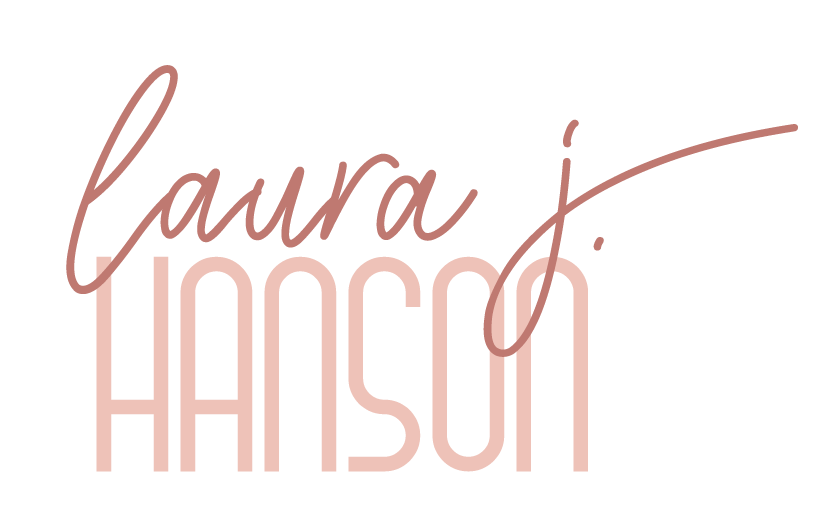Why Your Space Affects Your Mood and State of Mind
We’ve all been there. An out-of-control email inbox, cluttered home, disorganized workspace – chaotic thoughts swirling within an overwhelmed mind.
Because for most of us, the disorder around us creates disorder within us—which manifests as anxiety, stress, and tension. Worse yet, the emotional response stimulates a physical stress response that triggers the sympathetic nervous system and hampers our ability to think clearly and function effectively.
But when we’re juggling multiple priorities and a growing to-do list, clarity of mind, composure, and optimal cognitive function are critical.
Why Physical Clutter Creates Mental Clutter and Affects Your Mood
Science shows us that our brains have limited processing capabilities, and physical clutter creates visual distraction that interferes with our ability to concentrate and process information.
As a result, working in disorganized environments can negatively impact productivity, induce irritability, and interfere with our ability to focus – ultimately causing stress and elevating cortisol levels in the body.
How Your Headspace Can Sabotage Your Success
Experiencing a negative stress response – especially for prolonged periods of time —can impair neural pathways to the frontal lobe, an area of the brain that enables us to make decisions and overcome our fears and worries.
And if we’re disempowered by our capacity to choose and confined by our anxieties – whether real or perceived – the competing priorities and multiple tasks we set out to accomplish at the start of the day may quickly morph into an obstacle course that’s difficult to navigate.
How to Take Control of Your Space and Your State of Mind
While stress in the working world cannot be avoided, we can take intentional steps to minimize the triggers that are within our control – especially when it comes to our physical environment.
Assess your physical workspace. It may seem simple, but we often overlook the benefits of regularly tidying up our workspace. Get rid of paperwork you no longer need, and eliminate any items that create distraction or compete for your attention—especially if you work from home. Since our brains prefer order, creating an organized physical environment sets us up for success and productivity with minimal effort before we power up the laptop.
Organize your mind. At the end of each work day, take inventory of what you’ve accomplished and what priorities should be addressed the next day. Keep a simple to-do list that enables you to celebrate the small victories and linearly track upcoming tasks. The added benefit? Visually tracking your accomplishments builds your confidence, reinforces your sense of self, and motivates you to keep up the productivity.
Minimize distractions on your computer. If you complete the majority of your work on a computer, consider that device an extension of your physical workspace. Keep internet tabs and open files to a minimum – I’m still working on this one myself – and devise a system for managing your email inbox. Whether you choose to file emails by project or topic, or simply keep high priority emails in a separate folder, find a way to turn your inbox into a tool that enhances your productivity instead of an obstacle that knocks you down before you even get started.
And if all else fails? Remember that you can always take a step back and reset your nervous system with a simple breathwork practice and a few moments of stillness.
To learn more about working with me one-on-one, please reach out to set up a discovery session.
Looking for more like this? Download my Redesign Your Routine worksheet and subscribe to my weekly notes.

